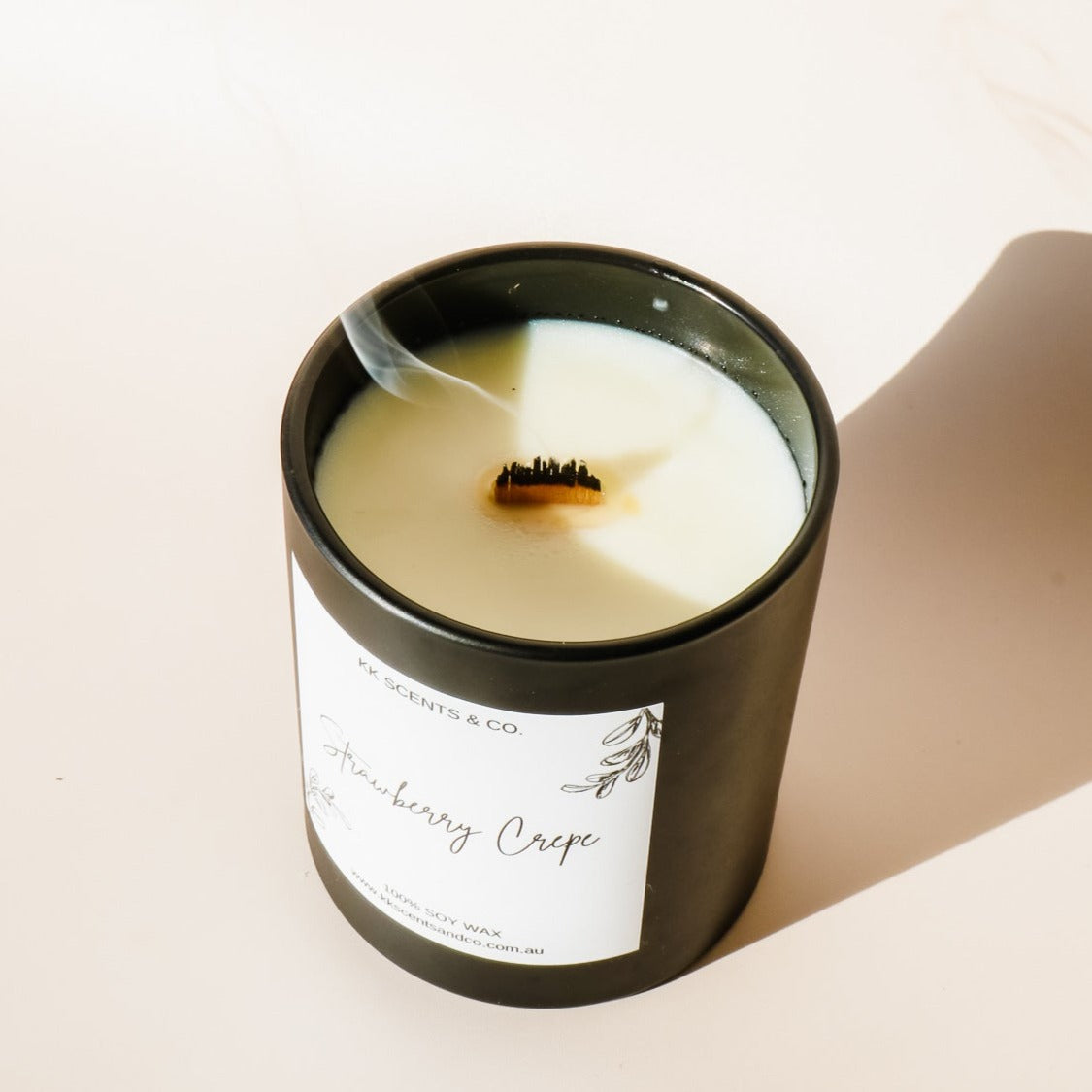From Wick to Wax: Recognizing the Chemistry Behind Soy Wax Candles and Their Environmental Effect
As we brighten our areas with the cozy glow of candles, there lies a realm of detailed chemistry behind the relatively easy act of lighting a soy wax candle light. Join us as we untangle the clinical complexities behind soy wax candle lights and discover their implications on our environment.
Soy Wax Vs. Paraffin Wax
When comparing soy wax and paraffin wax for candle light making, it is necessary to understand the distinctive qualities and benefits of each product. Soy wax is an all-natural, renewable energy stemmed from soybean oil, making it eco-friendly and eco-friendly - home fragrance. On the other hand, paraffin wax is a byproduct of oil refining, which raises issues regarding its environmental effect and sustainability
Soy wax candle lights shed cleaner and give off much less residue compared to paraffin wax candles, making them a much healthier option for interior air top quality. In addition, soy wax has a reduced melting point, enabling a longer-lasting candle light that disperses fragrance better. Paraffin wax, on the various other hand, has a tendency to melt faster and much less cleanly, potentially releasing harmful chemicals into the air.
From a sustainability point of view, soy wax is preferred for its biodegradability and renewable sourcing, aligning with the expanding customer preference for environmentally aware items. While paraffin wax has actually been a standard choice in candle light making due to its affordability and simplicity of use, the shift towards environmentally friendly alternatives like soy wax is getting energy in the sector.
Chemical Structure of Soy Wax

Burning Process in Soy Candles
The chemical structure of soy wax straight affects the combustion procedure in soy candles, influencing elements such as melt time, fragrance launch, and environmental effect. When a soy candle is lit, the heat from the fire thaws the wax near the wick.
The burning performance of soy candles is affected by the purity of the soy wax and the high quality of the wick. A clean-burning soy candle with an effectively sized wick will minimize and produce a consistent fire soot development. This not just prolongs the over at this website shed time of the candle however likewise enhances the release of fragrances. Additionally, soy wax candle lights have a lower ecological impact contrasted to paraffin candles due to their renewable and biodegradable nature.

Ecological Advantages of Soy Wax

Thought about a lasting option to traditional paraffin wax, soy wax offers noteworthy environmental advantages that make it a preferred option amongst eco-conscious consumers. One significant benefit of soy wax is its renewable sourcing. Soy wax is acquired from soybean oil, which is mostly cultivated in the United States. The growing of soybeans helps support neighborhood farmers and lowers the dependency on non-renewable fossil gas utilized in paraffin wax production. In addition, soy wax is naturally degradable, implying it damages down naturally without launching hazardous toxic substances into the atmosphere. This particular find out here makes soy wax candle lights an extra eco-friendly alternative contrasted to paraffin wax candle lights, which are made from petroleum, a non-renewable source. Additionally, soy wax burns cleaner and generates much less residue than paraffin wax, adding to better indoor air top quality and minimizing the demand for cleansing and maintenance. Overall, the ecological advantages of soy wax line up with the expanding need for environmentally friendly and sustainable products in the marketplace.
Recycling and Disposal Factors To Consider
Reusing and appropriate disposal of soy wax candle lights play a vital function in maintaining environmental sustainability and decreasing waste in houses and communities. The very first step is to make certain that the candle has melted entirely when it comes to recycling soy wax candles. This can be attained by allowing the candle light to shed till the wick is no longer usable, and then letting the staying wax cool and strengthen. When the wax has strengthened, it can be carefully gotten rid of from the container.

In regards to disposal, if recycling is not an option, soy wax candles are eco-friendly and can be securely taken care of in most family waste systems. Nevertheless, it is always advised to inspect with neighborhood recycling centers or waste monitoring services for specific guidelines on candle disposal to ensure correct handling and ecological protection.
Final Thought
In verdict, the chemistry behind soy wax visite site candles discloses their environmental benefits over paraffin wax candles. Soy wax, derived from soybean oil, burns cleaner and produces much less soot when contrasted to paraffin wax. The burning procedure in soy candle lights is more effective, resulting in a longer and more also melt. Additionally, soy wax is renewable and naturally degradable, making it a more lasting option for candle light production. Recycling and proper disposal of soy wax candles further contribute to their ecological impact.
When contrasting soy wax and paraffin wax for candle light making, it is essential to understand the unique qualities and advantages of each product (home fragrance).Soy wax candles melt cleaner and discharge less soot compared to paraffin wax candle lights, making them a healthier choice for interior air top quality.Thought about a sustainable option to typical paraffin wax, soy wax uses significant ecological advantages that make it a prominent selection amongst eco-conscious customers. Soy wax burns cleaner and generates less soot than paraffin wax, adding to much better interior air top quality and decreasing the requirement for cleansing and upkeep.In conclusion, the chemistry behind soy wax candles reveals their environmental advantages over paraffin wax candle lights